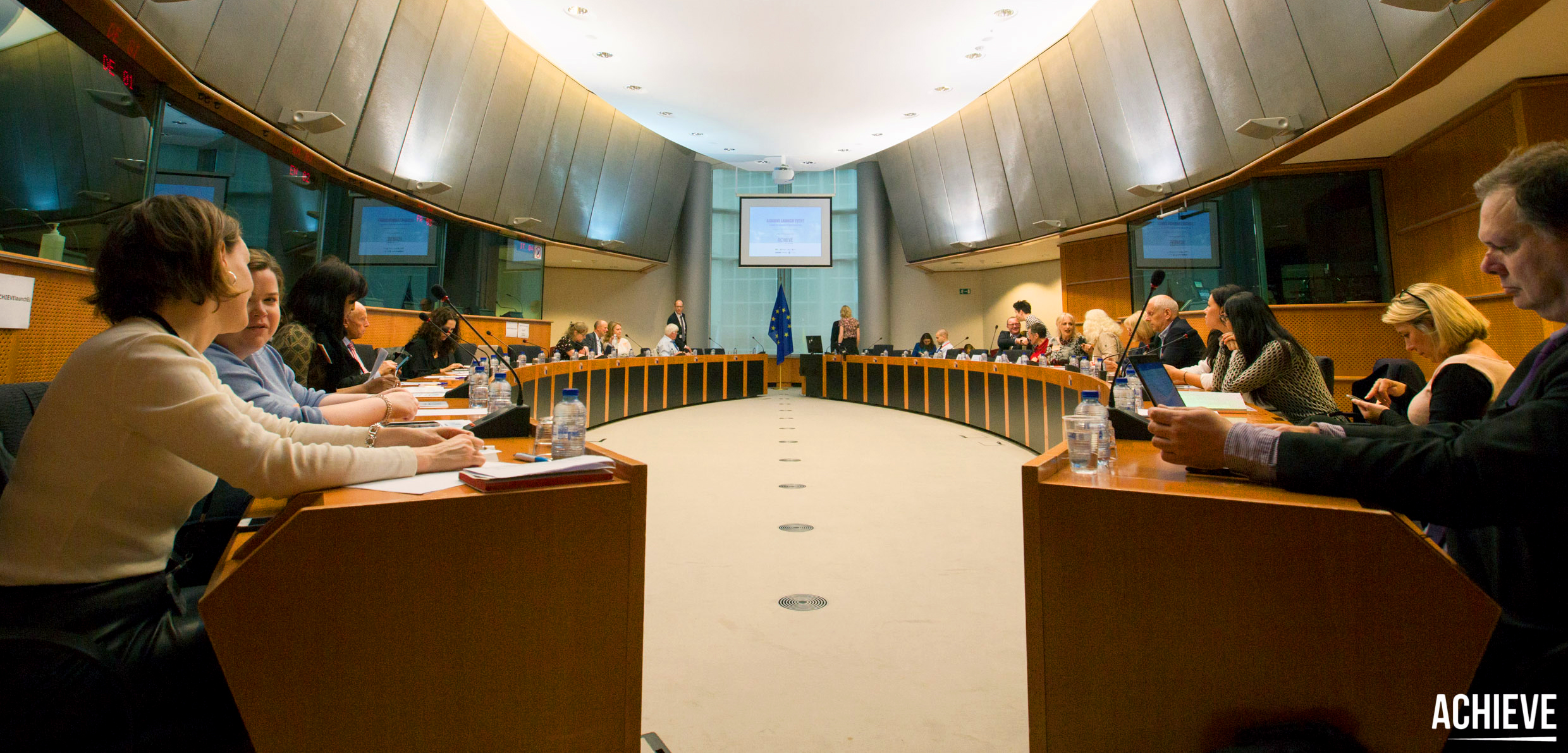The ACHIEVE coalition has defined the following 6 priority areas for action:
1 EU GOVERNMENTS to reaffirm elimination goal by 2030 and make commitment to its implementation.
Rationale: there is the unprecedented opportunity in Europe to eliminate a whole disease and its consequences for the infected, their friends and families, public health budgets, and society and the economy at large.
Action: EU Health Council Conclusions to mandate the European Commission with the development of an integrated approach on viral hepatitis, HIV and tuberculosis, which was discussed at the informal EPSCO Council under the Slovak Presidency on 3-4 October 2016.
2 Calibrate the true scale of viral hepatitis in Europe in line with the European Commission’s commitment to support the implementation of the SDGs by monitoring, reporting and reviewing progress towards their deliveryi.
Rationale: there is limited reliable epidemiological data for viral hepatitis in Europe, which makes it difficult to measure and compare progress on the way towards elimination. If the EU takes its commitment to the implementation of the SDGs seriously, it has to put in place a reliable surveillance system.
Action: Europe and EU-wide harmonised surveillance system to monitor responses (just like in HIV) and progress on the road to elimination of viral hepatitis. A new Declaration as a commitment to such a monitoring system for viral hepatitis, as well as for tuberculosis and HIV, building on the Dublin Declaration from 2004ii.
3 Measure and raise awareness of viral hepatitis amongst the population.
Rationale: awareness of viral hepatitis is low amongst the population compared to other major communicable diseases such as HIV.
Action: survey to measure level of awareness across Europe, including recommendations on how to improve it.
4 Improve diagnosis in primary care setting.
Rationale: primary care settings are central to identifying those infected but not yet diagnosed.
Action: discussions with national governments and stakeholders on how to best equip primary care professionals, with a view to boosting the diagnosis rate and ensuring guideline-conform care.
5 Improve diagnosis and access to guideline-conform treatment amongst defined key groups, such as people who inject drugs (PWID), prisoners and specific groups of migrants, whilst addressing stigma.
Rationale: the UN Sustainable Development Goals (SDGs) clearly stipulate that nobody must be left behind.iii However, the consequences of stigma and discrimination can be wide-ranging and can put the elimination goal at risk.
Action: establishment of networks of NGOs and public health authorities dealing with PWID, prisoners and migrants to exchange best practice on how to effectively fight stigma and improve awareness, diagnosis and access to vaccines and effective medication.
6 Provide sustainable, affordable, universal access to the tools for elimination.
Rationale: eliminating hepatitis B and C are achievable opportunities thanks to new, highly effective treatments and evidence- based prevention, including harm reduction regular testing and linkage to care, provided these are accessible to all those in need. Affordability and accessability varies between and within countries.
Action: dialogue on how to finance and make state-of-the art medicines affordable, which requires a considerable upfront investment and which pays off financially in the long run.
‘The ACHIEVE coalition is enabled by the support of Abbott, AbbVie, Cepheid and Gilead Sciences’.
European Commission Communication to the European Parliament, the European Council, the Economic and Social Committee and the Committee of the Regions: Next steps for a sustainable European future – European action for sustainability, 22.11.2016, page 16
Dublin Declaration on Partnership to fight HIV/ Aids in Europe and Central Asia https://www.unicef.org/ceecis/The_Dublin_Declaration.pdf
Sustainable Development Goals Action Campaign https://sdgactioncampaign.org/2016/07/18/sdgsexhibition/

